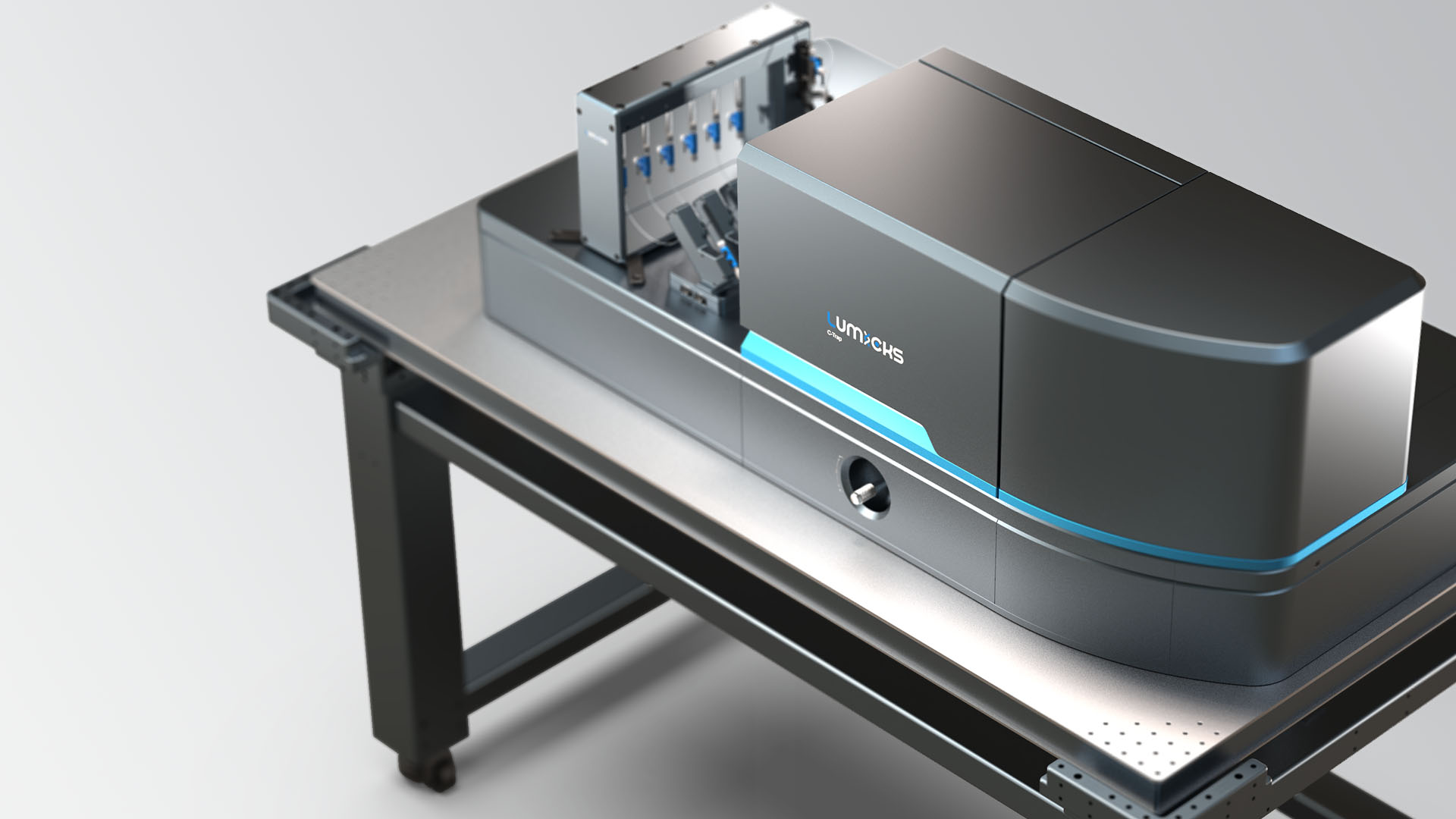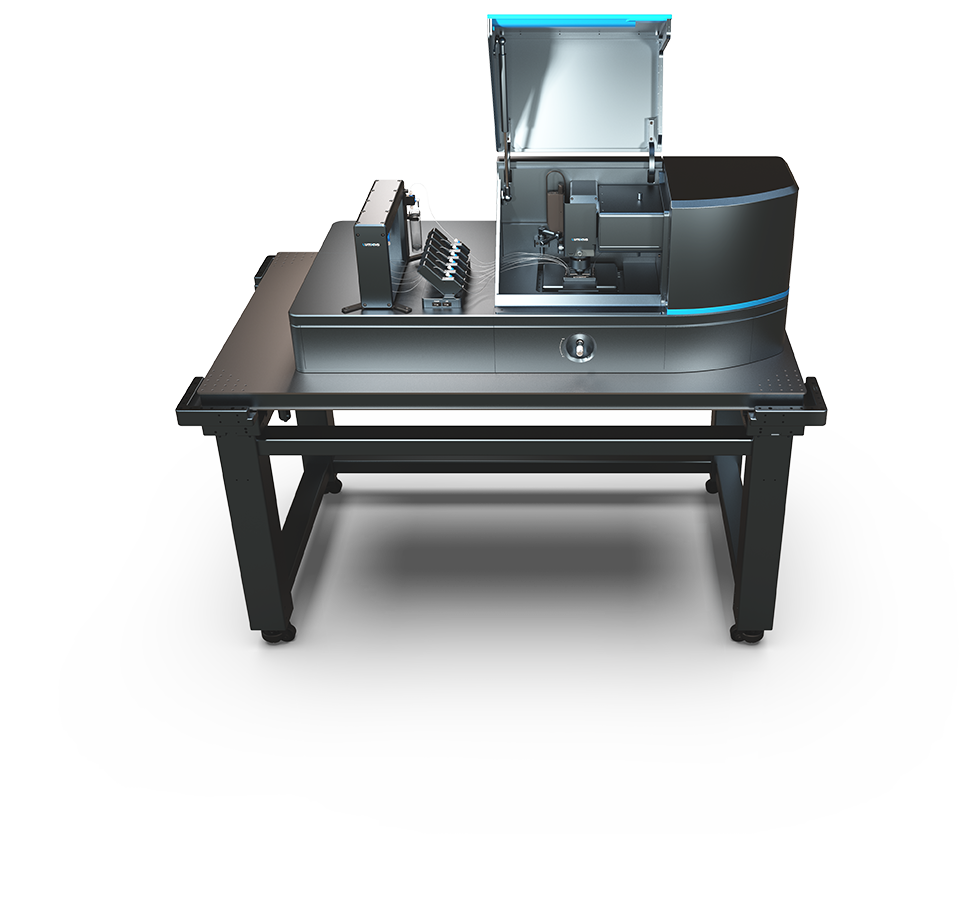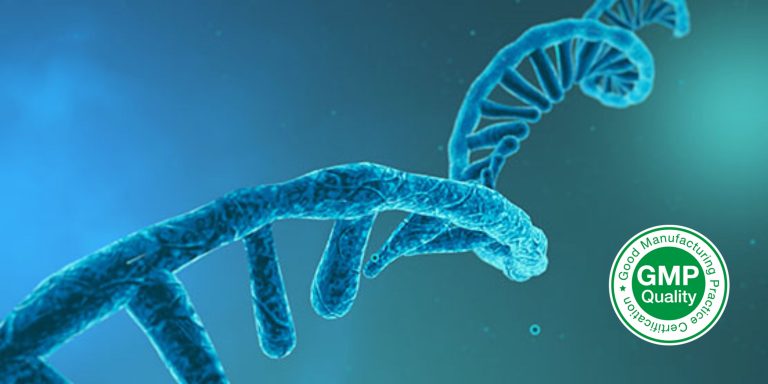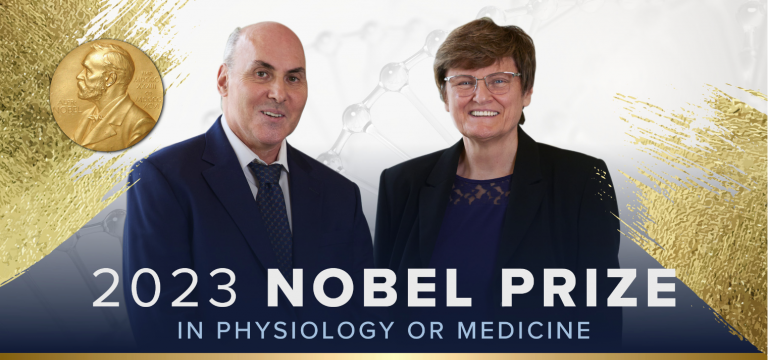UPDATE! $1.6 million NIH grant brings new LUMICKS C-TrapⓇ “supermachine” to SMART Center core, combining optical tweezers with STED fluorescence microscopy
Update 5.8.25
The LUMICKS C-Trap® optical tweezers microscopy instrument is now up and running at the SMART Center
Installation of the LUMICKS C-Trap® is now complete at the SMART Center, a CRB core facility. The instrument allows researchers to measure or exert extraordinarily small forces combined with simultaneous multicolor fluorescence imaging. The system boasts up to four optical traps, multicolor fluorescent imaging and STED imaging.
The C-Trap® is an extremely user-friendly system with expansive capabilities, making this technology available to center members and researchers across the university.
Read the full story in the latest issue of RNA Translated: The Power of Collaborative RNA Science.

Original Story
Published June 17, 2024
BY PAUL AVEDISIAN
The Single Molecule Analysis in Real-Time (SMART) Center, one of two shared-use core facilities of the Center for RNA Biomedicine at the University of Michigan, has been awarded a $1.6 million instrument grant from the National Institutes of Health for a LUMICKS C-TrapⓇ optical tweezers machine with super-resolution fluorescence microscopy, marking a major upgrade in technology.
“The NIH award represents a $1.6 million enhancement of the initial U-M Biosciences Initiative $10.2 million investment in the Center for RNA Biomedicine and SMART Center,” says Nils Walter, Ph.D., Center Director and primary author of the proposal.
Initiated by Walter, the instrument grant was submitted to the NIH in collaboration with scientists from the U-M, Michigan State University, Oakland University, and the Van Andel Institute to serve as a local high-tech hub and resource. The funds will be allocated to purchase the equipment, and for delivery, installation, training, and a five-year service contract.
SMART Center Manager Damon Hoff, Ph.D., says, “The C-TrapⓇ is a commercial system that is extremely user-friendly, has expansive capabilities, is open to researchers across the university – including faculty members of the Center for RNA Biomedicine – and is a technology not currently available anywhere else on campus or in the state of Michigan.”
To observe the kinetic and mechanical work of molecules, the C-TrapⓇ is equipped with four optical traps, giving it a lot of flexibility. Optical traps, or optical tweezers, work by holding in place or “trapping” microscopic glass or plastic spheres approximately one micrometer in size. Investigators place or “stretch” the object they wish to study – proteins, RNA, DNA or protein droplets, for example – between these two “beads.” This allows scientists to directly observe and measure the forces at play in the molecule(s) held between those two traps.
The C-TrapⓇ is also equipped to perform high-resolution STED (stimulated emission depletion) fluorescence imaging of those molecules at the same time, to confirm their observational changes and dynamics, and to give researchers a much clearer picture of how the molecules are behaving than with traditional fluorescence microscopy.
“With fluorescence imaging, scientists are normally limited to what they can see by what we call a diffraction limit of light, around 300 nanometers,” says Hoff. “With STED super-resolution microscopy, scientists are able to see things much smaller, around 20 nanometers or so.”
With regular fluorescence imaging, molecules lined up on a piece of RNA that are 100 nanometers apart would appear as a smear. With STED, scientists are able to resolve each individual molecule due to the much higher resolution. The objects you can see are now much smaller.
The C-TrapⓇ will allow scientists to set up their experiments step by step, and easily change solutions for a smooth, sequential flow, such as introducing a protein to see how it interacts. It also includes temperature control, to conduct experiments for any temperature-dependent biological process, and measure activity under a variety of conditions such as room temperature, physiological temperature, and so forth.
A LUMICKS team will travel to Ann Arbor in July for a pre-installation site visit, with the new C-TrapⓇ taking up permanent residency sometime in the next six months. The machine’s user-friendly interface will require minimal training to get researchers fully up to speed, and SMART Center staff are always on hand to assist and help set up experiments.
The new instrument will fit on a standard four-foot by six-foot optical table located in the center. “We’re currently in the process of assigning space,” adds Hoff. “The good news is that we most likely won’t need to remove any current equipment – we’ll make room for it!”






